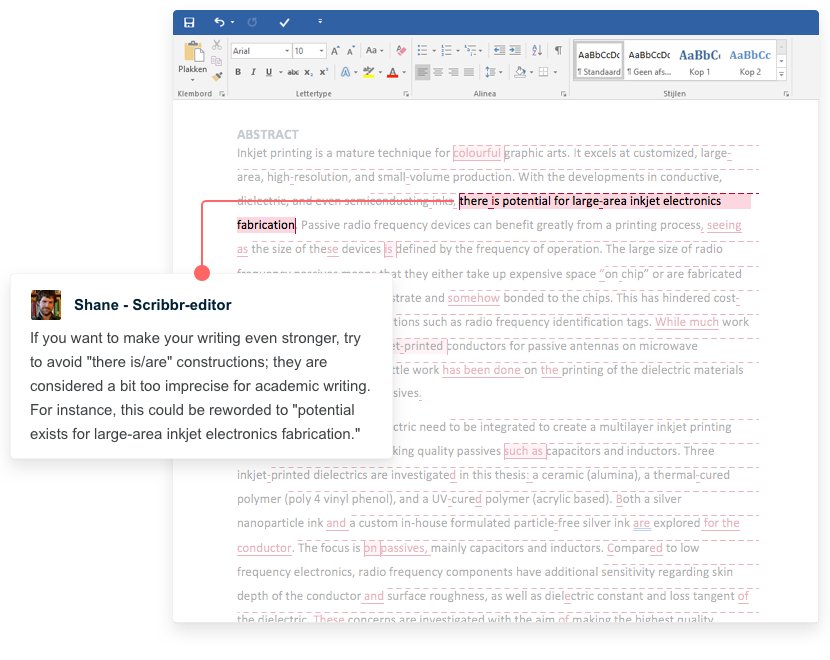Explain How To Find The Range Of A Data Set
How to Observe the Range of a Data Prepare | Formula & Examples
In statistics, the range is the spread of your data from the everyman to the highest value in the distribution. It is a commonly used measure of variability.
Along with measures of central tendency, measures of variability give you lot descriptive statistics for summarizing your data set up.
The range is calculated by subtracting the lowest value from the highest value. While a large range means high variability, a small-scale range means low variability in a distribution.
Calculate the range
The formula to calculate the range is:

- R = range
- H = highest value
- L = everyman value
The range is the easiest measure of variability to calculate. To find the range, follow these steps:
- Order all values in your information ready from low to loftier.
- Subtract the everyman value from the highest value.
This procedure is the aforementioned regardless of whether your values are positive or negative, or whole numbers or fractions.
| Participant | 1 | 2 | three | 4 | v | 6 | seven | 8 |
|---|---|---|---|---|---|---|---|---|
| Historic period | 37 | xix | 31 | 29 | 21 | 26 | 33 | 36 |
First, order the values from low to high to place the lowest value (50) and thehighest value (H).
| Historic period | 19 | 21 | 26 | 29 | 31 | 33 | 36 | 37 |
|---|
Then subtract the lowest from the highest value.
R = H – L
R = 37 – 19 = 18
The range of our data set up is eighteen years.
How useful is the range?
The range generally gives you a skillful indicator of variability when yous have a distribution without farthermost values. When paired with measures of primal tendency, the range can tell y'all about the span of the distribution.
But the range tin exist misleading when you accept outliers in your data prepare. 1 farthermost value in the information will give you a completely different range.
| Historic period | xix | 21 | 26 | 29 | 31 | 33 | 36 | 61 |
|---|
Using the same calculation, we go a very different result this time:
R = H – L
R = 61 – xix = 42
With an outlier, our range is now 42 years.
In the example above, the range indicates much more variability in the data than at that place really is. Although nosotros have a large range, most values are actually clustered around a clear center.
Considering only 2 numbers are used, the range is hands influenced by outliers. It tin't tell you about the shape of the distribution of values on its own.
To get a articulate idea of your data's variability, the range is best used in combination with other measures of variability similar interquartile range and standard deviation.
Receive feedback on language, construction and formatting
Professional editors proofread and edit your paper by focusing on:
- Academic style
- Vague sentences
- Grammar
- Style consistency
Encounter an example

Frequently asked questions about the range
Is this article helpful?
You have already voted. Thank you :-) Your vote is saved :-) Processing your vote...
Source: https://www.scribbr.com/statistics/range/
Posted by: beckempting2000.blogspot.com


0 Response to "Explain How To Find The Range Of A Data Set"
Post a Comment